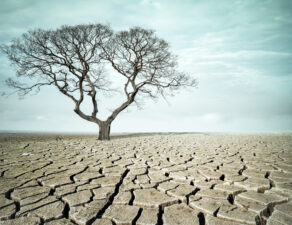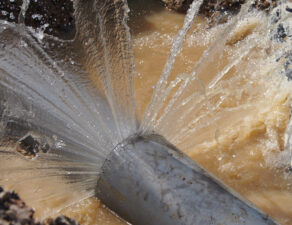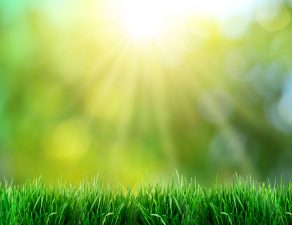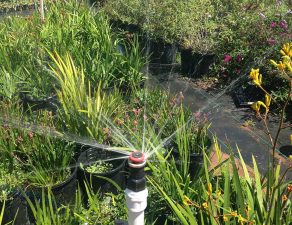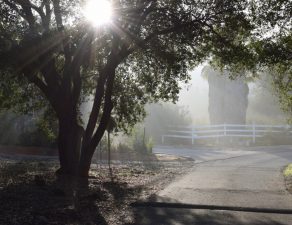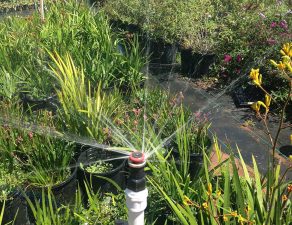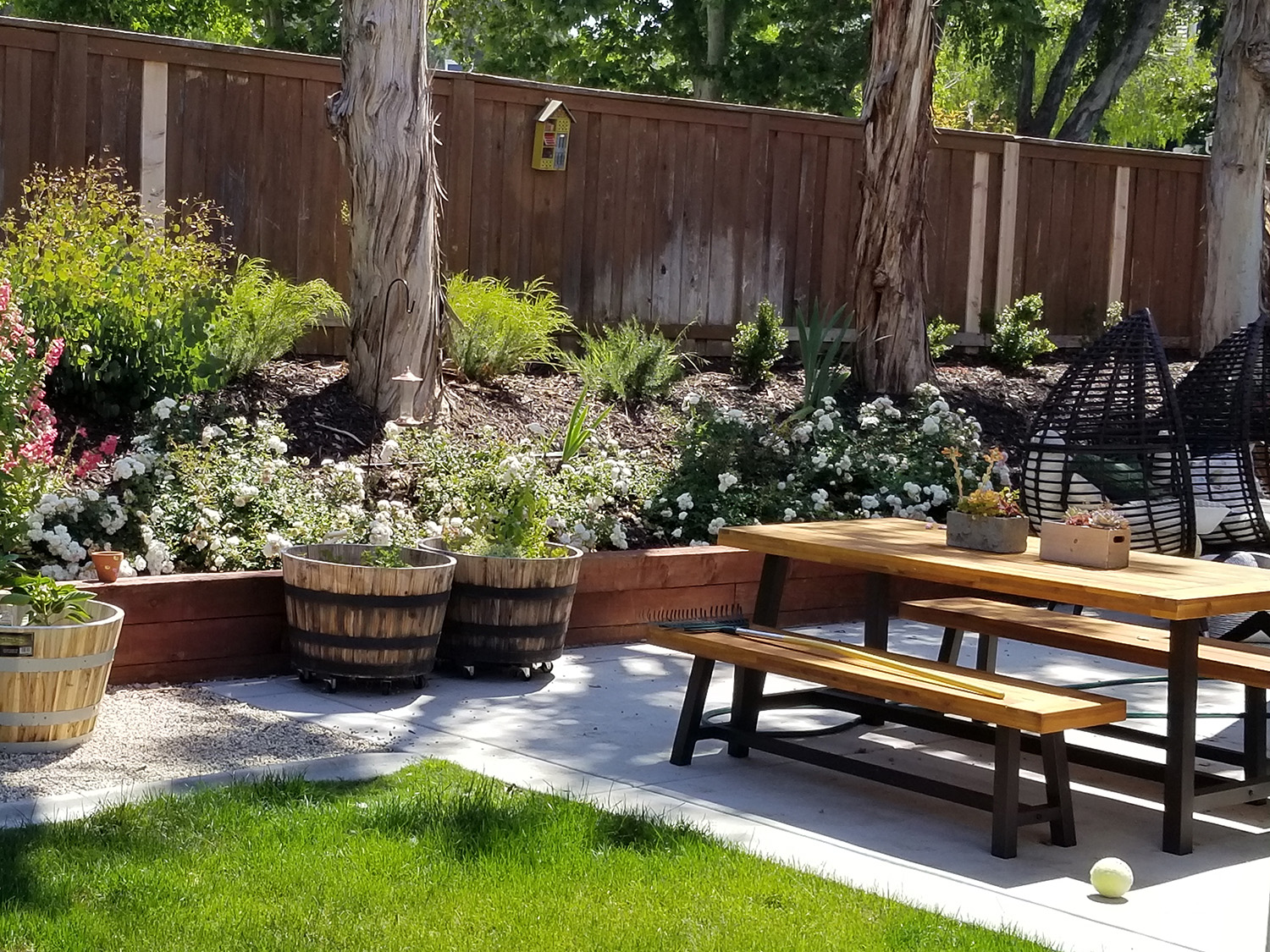
During times of rapid societal changes, we tend to see those effects spill over into design as well. In 2020 we’ve noticed quite a few exciting new trends, including the practice of “rewilding” our yards.
Rewilding is pretty much what it sounds like, but perhaps more organized than you might imagine. In the past, urban and suburban yards mostly involved an expanse of grassy lawn, a few well-chosen shrubs or flowers, and perhaps a decorative tree or two. But the look was fairly standard and could be quite uniform whether you were looking at a yard in Southern California or Eastern Virginia. Rewilding involves the idea of incorporating more natural plants into the yard so that it is not only more ecologically responsible but also reflects a more “local” look.
The ecological benefits of rewilding promise to reinvent the way we landscape our homes. When you select environmentally conscious species for your lawn and garden, you can
- Encourage critical pollinators like bees and butterflies (which are in danger in many areas)
- Promote biodiversity
- Use fewer resources, such as water, to support your landscape
For those of us in Southern California, that last point can be crucial. Low water species are already adapted to our climate, which can mean lower rainfall than many areas. By selecting water conscious species for our landscaping, we can ensure that we need less water to sustain our yards. Not only does that translate to savings on your water bill; you can help reduce the danger of drought for the entire region.
You’re not restricted to only native plants. Many species, not naturally found in our area, are climate-adapted to thrive well here. They can also perform well in a lower-water landscape, and don’t compete with local plant or animal species. Many plants from arid areas such as Australia and South Africa as well as the Mediterranean will thrive in California landscapes.
Rewilding might seem like a “trend” now, but time will tell. In decades to come, we might look back on this shift and thank ourselves for helping to save our local ecosystem. For more information on adding native or climate-adapted species to your landscape, call us to discuss new and exciting design options.


